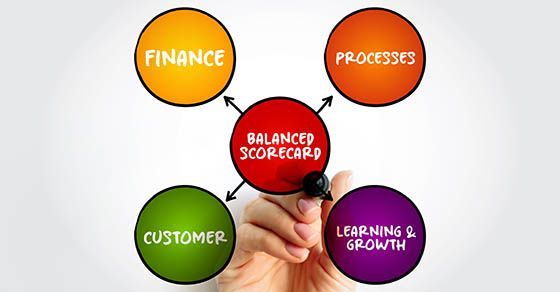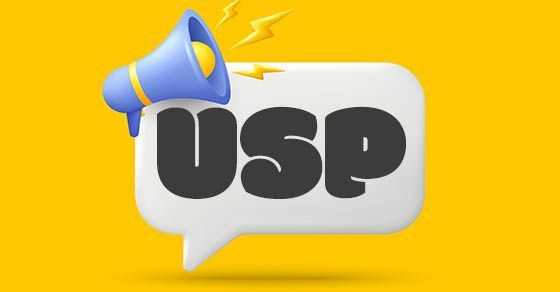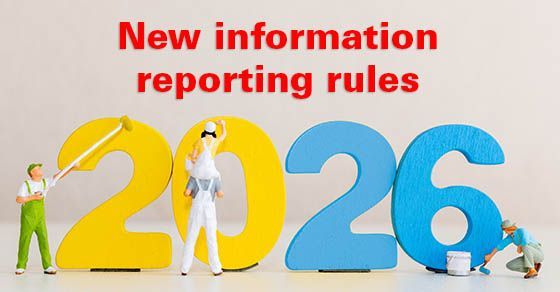From the simple to the complex: 6 strategies to protect your wealth from lawsuits and creditors
Asset protection is a strategic approach to safeguarding your wealth from potential lawsuits and creditor claims. Indeed, protecting your assets is critical in today’s litigious environment. Without proper planning, a single lawsuit or debt issue could jeopardize years of financial progress. The last thing you want to happen is to lose a portion of your wealth, thus having less to pass on to your heirs, potentially jeopardizing their livelihoods.
6 asset protection techniques
Fortunately, there are legally sound strategies to shield your property, investments and other valuable assets from such risks. Here are six of them, ranging from simple to complex:
1. Give away assets. If you’re willing to part with ownership, a simple yet highly effective way to protect assets is to give them to your spouse, children or other family members. This can be achieved by making outright gifts or establishing an irrevocable trust, taking into account the current federal gift and estate tax exemption amount. After all, litigants or creditors can’t go after assets you don’t own (provided the gift doesn’t run afoul of fraudulent conveyance laws). Choose the recipients carefully, however, to be sure you don’t expose the assets to their creditors’ claims.
2. Retitle assets. Another simple but effective technique is to retitle property. For example, the law in many states allows married couples to hold a residence or certain other property as “tenants by the entirety,” which protects the property against either spouse’s individual creditors. It doesn’t, however, provide any protection from a couple’s joint creditors.
3. Buy insurance. Insurance is an important line of defense against potential claims that can threaten your assets. Depending on your circumstances, it may include personal or homeowner’s liability insurance, umbrella policies, errors and omissions insurance, or liability or malpractice insurance.
4. Set up an LLC or FLP. Transferring assets to a limited liability company (LLC) or family limited partnership (FLP) can be an effective way to share wealth with your family while retaining control over the assets. These entities are particularly valuable for holding business interests, though they can also be used for real estate and other assets.
To take advantage of this strategy, set up an LLC or FLP, transfer assets to the entity and then transfer membership or limited partnership interests to yourself and other family members. Not only does this facilitate the transfer of wealth, but it also provides significant asset protection to the members or limited partners, whose personal creditors generally can’t reach the entity’s assets.
5. Establish a DAPT. A domestic asset protection trust (DAPT) may be an attractive vehicle because, although it’s irrevocable, it provides you with creditor protection even if you’re a discretionary beneficiary. DAPTs are permitted in around one-third of the states, but you don’t necessarily have to live in one of those states to take advantage of a DAPT. However, you’ll probably have to locate some or all of the trust assets in a DAPT state and retain a bank or trust company in that state to administer the trust.
6. Establish an offshore trust. For greater certainty, consider an offshore trust. These trusts are similar to DAPTs, but they’re established in foreign countries with favorable asset protection laws. Although offshore trusts are irrevocable, some countries allow a trust to become revocable after a specified time, enabling you to retrieve the assets when the risk of loss has abated.
A word of warning
Keep in mind that asset protection isn’t intended to help you avoid your financial responsibilities or evade legitimate creditors. Federal and state fraudulent conveyance laws prohibit you from transferring assets (to a trust or another person, for example) with the intent to hinder, delay or defraud existing or foreseeable future creditors. And certain types of financial obligations — such as taxes, alimony or child support — may be difficult or impossible to avoid.
If you want to implement asset protection strategies, don’t hesitate to contact us. We can explain your options.
© 2025










